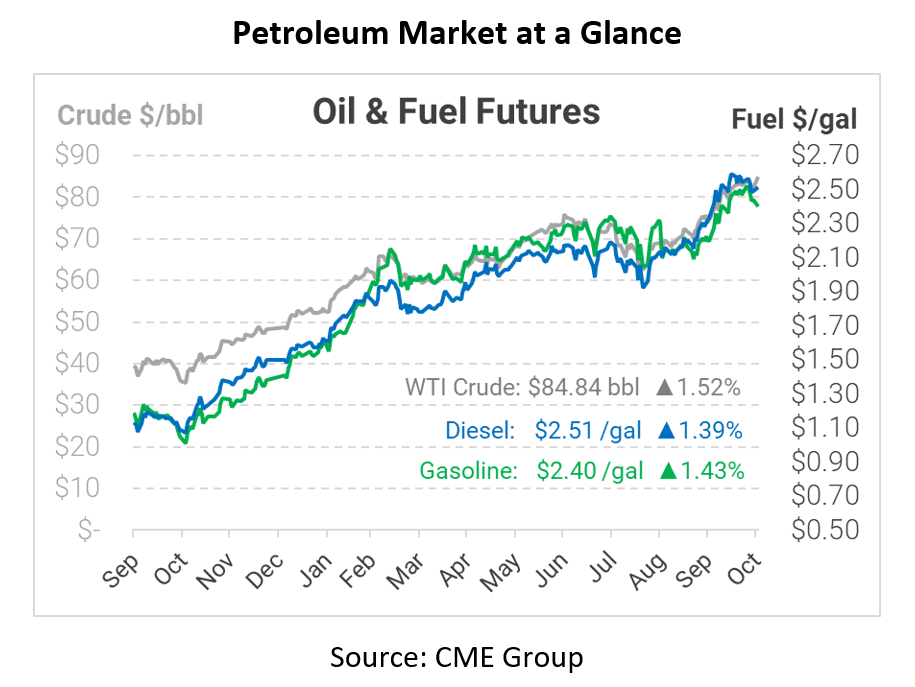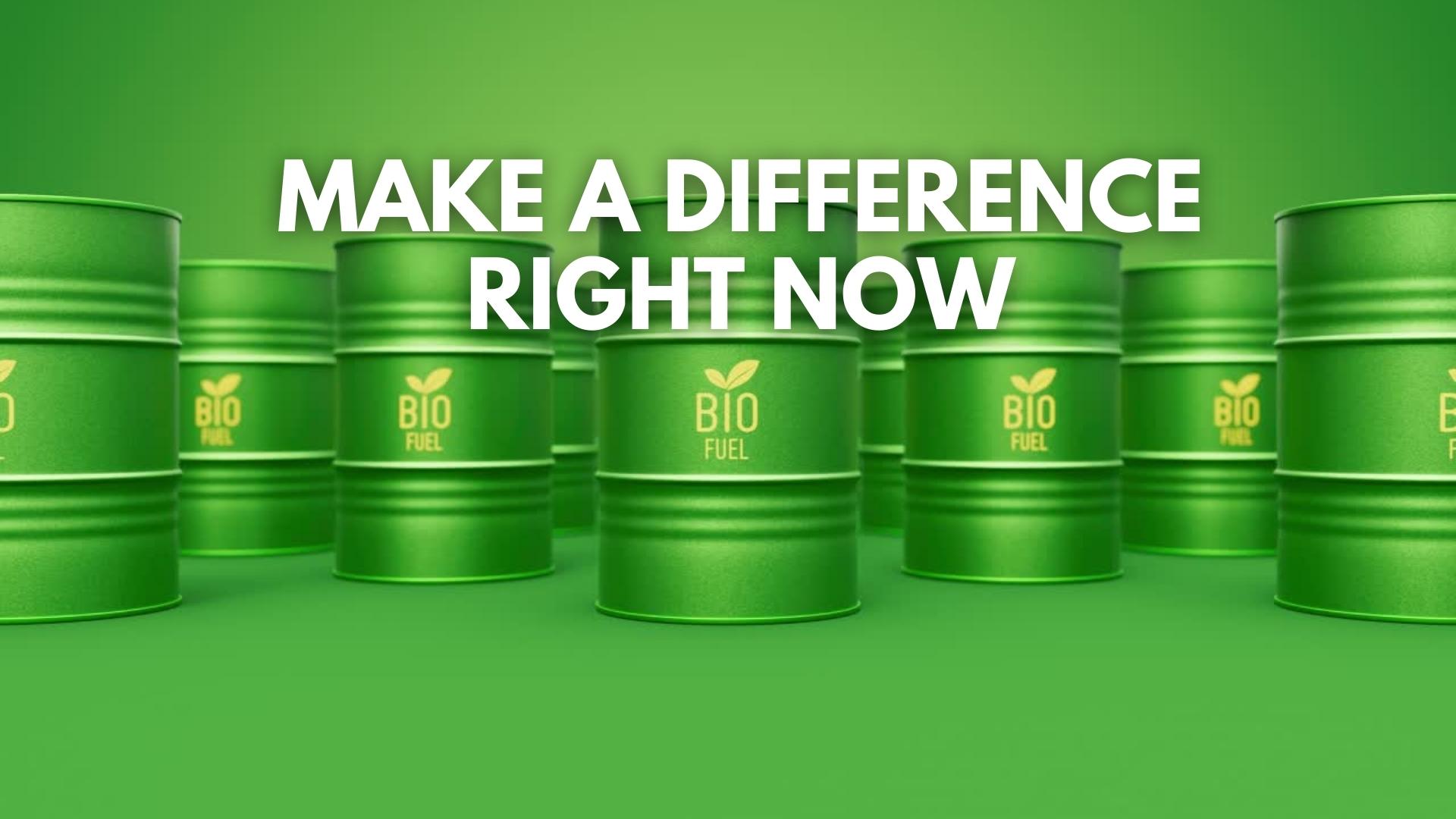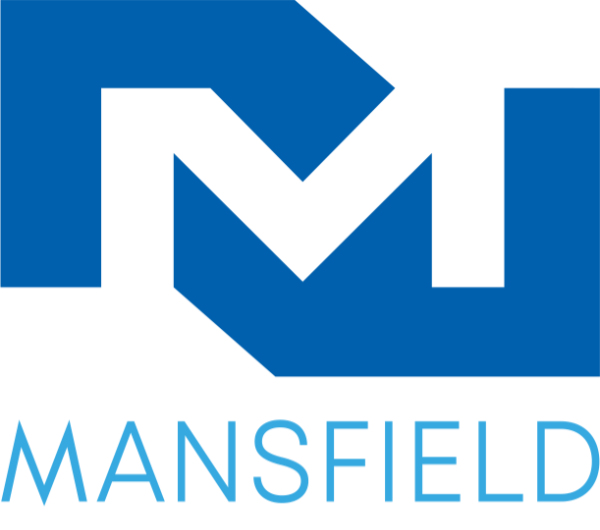
A New Hope for Canadian Oil Producers
While the world has been struggling to find enough crude oil to meet burgeoning demand, it seems some help could be coming from Canadian producers. Marathon Pipelines LLC is in the final stages of reversing its Capline pipeline, which runs from the Gulf Coast up to the Chicago, IL region. This pipeline flow will be a major change in North America oil supply, as Capline has been the largest flowing south-to-north pipeline in the United States, providing almost 1.2 million barrels per day (bpd) to the market.
Although the pipeline does not reach Canada on its own, it does connect to the Keystone Pipeline, which brings crude down from Canada. By reversing the flow and providing more ways for Canadian oil to reach the Gulf, this change would allow more crude oil to reach export facilities. That means lower prices for US consumers, as well as improved supply conditions that could lower global prices. The downside is Canadian fuel buyers may see their prices rise somewhat, since domestic producers will have more channels to export oil out of the country.
While Marathon has been trying to reverse the flow of the pipeline since 2017, only now are they in the final stages set to complete by the end of this year. Canadian producers will be able to capture higher margins, incentivizing more production. Today, Western Canadian Select (WCS) crude trades at around a $15 discout to America’s WTI crude. Going forward, that spread could shrink closer to $10/bbl. BMO Capital Markets analyst Randy Ollenberger says that the added benefit of this reversal will be beneficial to many parties. He said, “[W]e do think that everybody benefits in the sense that the spread comes in. You don’t have to be physically shipping on the Capline to benefit.”
Canadian oil producers are thrilled about this addition to an already extremely complex North American pipeline system. They have dubbed the name of this new pipeline reversal “mini Keystone XL”, as it will provide Canadian oil producers the option to ship to the US Midwest or the Gulf Coast. The pipeline is expected to start shipping light volumes of oil this year, with the goal to be fully operational for heavy volume by the start of 2022.
This article is part of Daily Market News & Insights
Tagged:
MARKET CONDITION REPORT - DISCLAIMER
The information contained herein is derived from sources believed to be reliable; however, this information is not guaranteed as to its accuracy or completeness. Furthermore, no responsibility is assumed for use of this material and no express or implied warranties or guarantees are made. This material and any view or comment expressed herein are provided for informational purposes only and should not be construed in any way as an inducement or recommendation to buy or sell products, commodity futures or options contracts.






